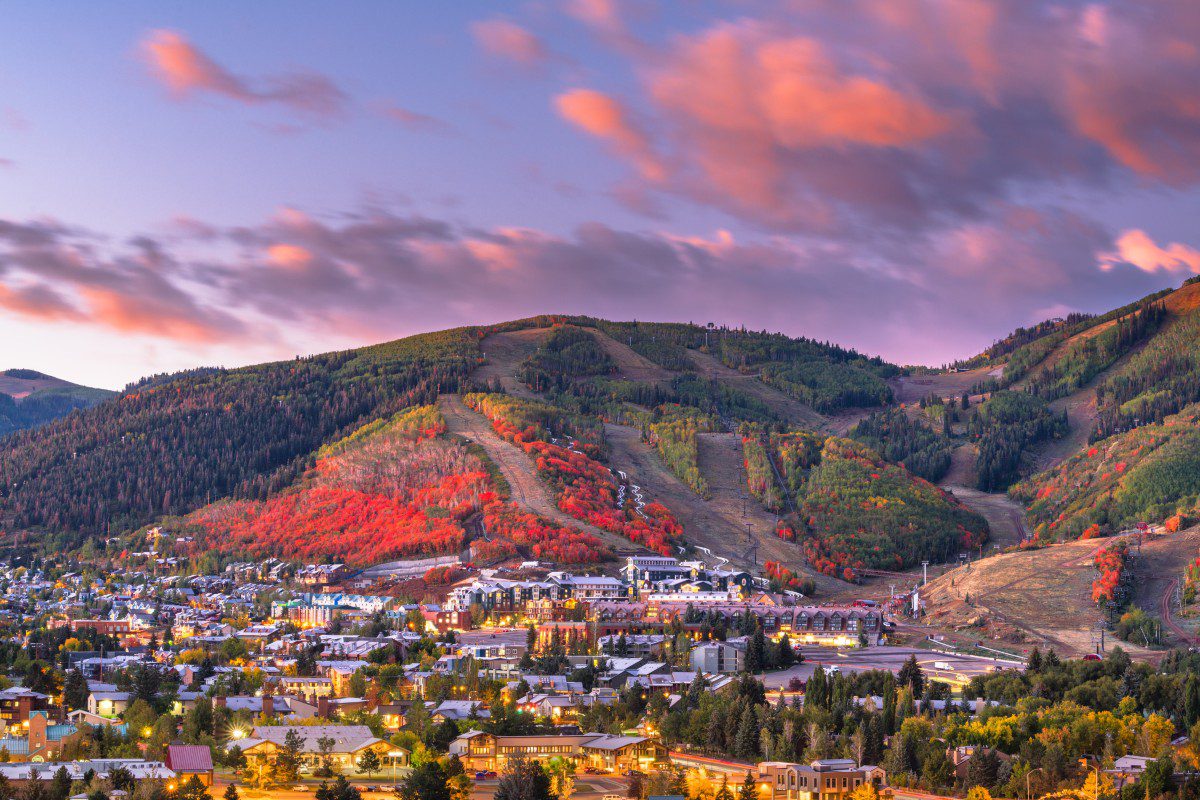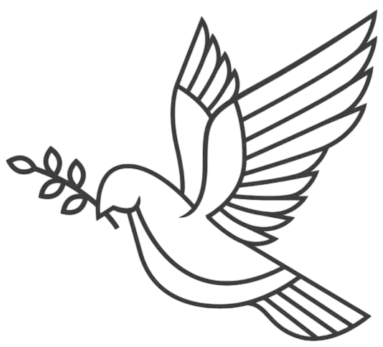
Two Utah’s and the need for investment
Originally published in the Deseret News.
While driving in downtown Salt Lake City this week I witnessed a vivid contrast. It was lunchtime and the city I love was teeming with life. A TRAX light-rail train rambled through traffic, a guy in a suit pedaled along on a lime green bike-share bicycle, construction workers labored in a new high rise, and lunch-hour pedestrian traffic filled the streets. As if to put punctuation on our growing and thriving urban center, I saw 20 or so rather large guys dressed in power-blue-and-maize outfits walking up State Street together. They were members of the Michigan football team taking a stroll before the big game against the University of Utah. From this vantage point, Utah’s capital city was unmistakably on the rise. I felt a certain sense of hometown pride.
And then a different vantage point emerged. While at a traffic light, I watched as a man started waking diagonally through the busy intersection of State Street and 100 South. He appeared dirty and completely lost. He was bare-chested, talking to himself, and looked completely oblivious to the cars around him. The situation was as sad as it was dangerous. This man needed help.
There has been a lot written about the need to address homeless services in our state. The state’s large homeless population deserves proper care and attention, just like Salt Lake City businesses deserve to operate in an environment free of crime, public indecencies and fear. But I’m thinking about something much larger than our homeless brothers and sisters. I’m thinking about all of the human needs in our community that go unmet and the increasing division between those who have much and those who have little.
My late father was board-certified in adult and child psychiatry. He impressed upon me the seriousness of society’s mental health challenges. They seem to have gotten worse since my father passed away 10 years ago.
Many of our families and friends suffer from the ravages of addiction. They endure life’s battles with demons on their shoulders. Hearts are broken and hope dims. We have to keep hope alive.
And then there are people who lack the skills, motivation or physical ability to work each day and care for themselves and their families. Some don’t receive the services they deserve. Some lack marketable skills. Others suffer from infirmities that hinder progress. Still others game the system rather than doing their fair share.
I see a dichotomy of two Utahs playing out. One is prosperous and promising. The other is poor and reliant. One Utah is free. One Utah is dependent. Unfortunately, the gap seems to be widening. We have two Utahs in this state.
If you live in affluence and don’t believe me, visit some of the neighborhoods just off of State Street in Salt Lake County where I live. You’ll see people living in cars. You’ll witness an active drug trade playing out. You’ll see children being raised in less-than-ideal conditions.
Utah does not bear this burden alone. The same dynamic plays out on a different scale in our country and world. What is different is our ability to change things.
What is the solution? In a word — investment. We must invest in our people early and often. It begins with prenatal care, extends to pre-kindergarten learning opportunities, continues through the public school system, advances into post-secondary education, and completes itself in the health, workforce and human service system that supports Utah families. Faith institutions also play a meaningful role.
There is an often-used and powerful quote attributed to Gandhi that says, “Be the change you wish to see in the world.” As I watch the two Utahs play out, I’m reminded how important it is to be our brother’s keeper. Life isn’t about achieving success alone. It’s about achieving success as a community. To do so, we must invest more in our people.

